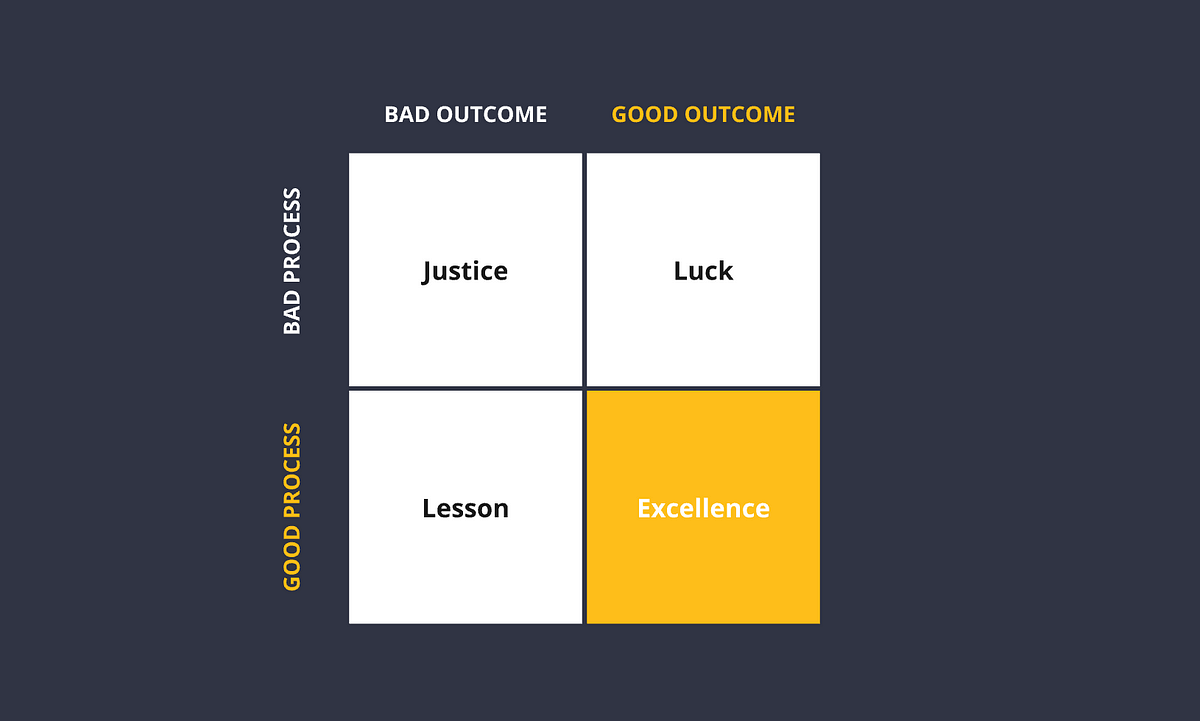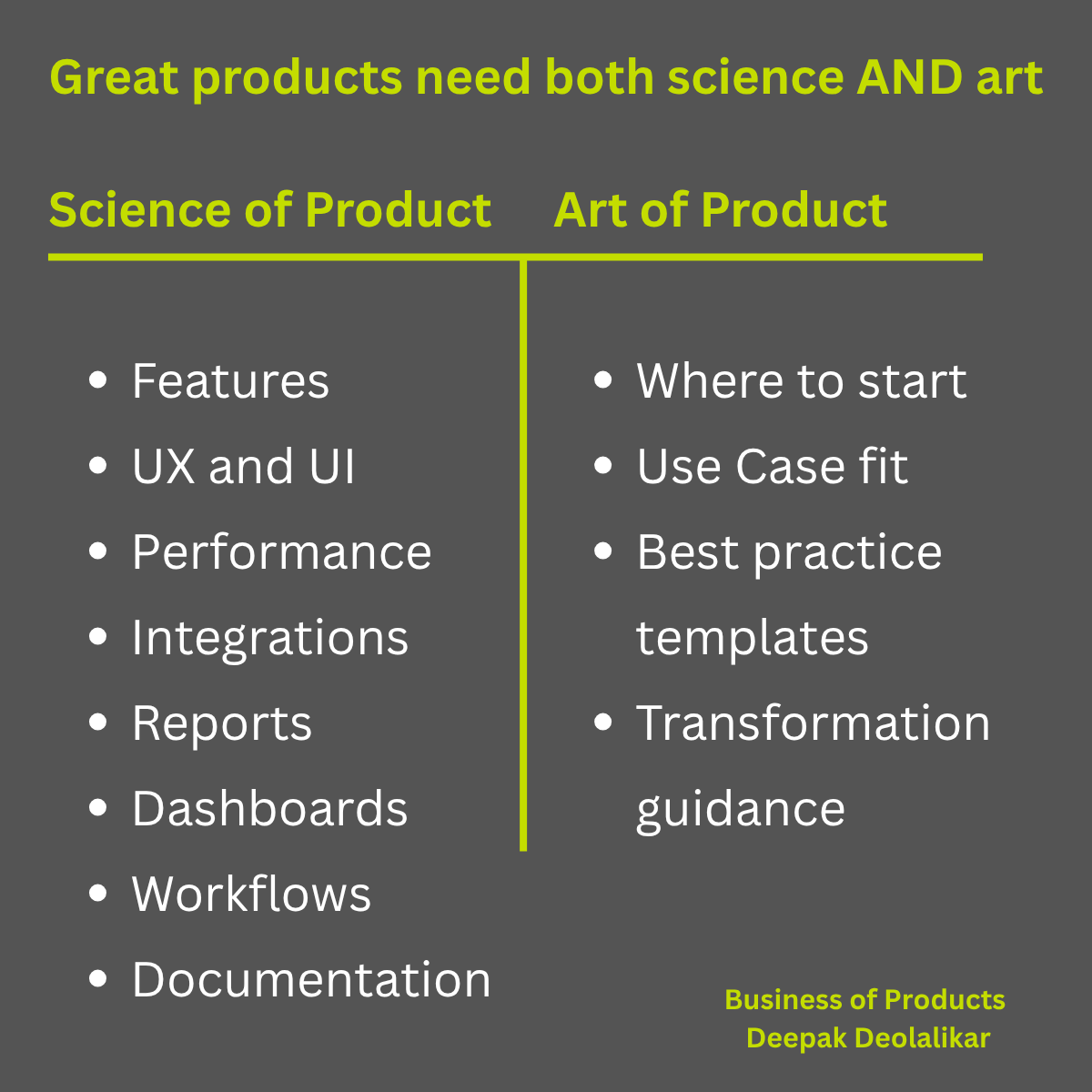Product Management News
Applitools
362

Image Credit: Applitools
Autonomous 2.2: AI-Driven Testing That Thinks Like You
- Autonomous 2.2 is released to help reduce time and effort needed for building and maintaining end-to-end tests with features like LLM test step generation, automatic test data generation, API validation, and visual comparisons.
- API Step Builder introduced in Autonomous 2.2 allows for visual API testing without the need for code or external tools, supporting features like full HTTP method support, dynamic variables, and translation of raw cURL or HTTP inputs.
- LLM Test Step Generation feature enables writing test steps in plain English, which Autonomous converts into executable steps, facilitating faster test creation without coding or selectors.
- Autonomous 2.2 also includes test data generation based on natural language requests, allowing for the creation of diverse and high-quality data, as well as cross-environment visual comparisons and tunneling enhancements for improved reliability and feedback.
Read Full Article
21 Likes
Logrocket
315

Image Credit: Logrocket
Pivot or perish: Why product agility determines market survival
- Failed tech products like Nokia and BlackBerry highlight the importance of product agility.
- Success breeds complacency, leading to faster product deaths than bad code or design.
- Case studies of successful pivots by companies like Microsoft, Apple, and Nintendo are discussed.
- Tips for product managers on recognizing when to pivot to ensure market survival.
- Building agility and staying ahead is crucial for continuous product success and market leadership.
Read Full Article
18 Likes
UX Design
782

Image Credit: UX Design
User behaviours, product design architecture, and the impact of AI
- Understanding user behaviours shapes product design architecture and AI's impact on digital products.
- Product Design Architecture crucial in organising information access for different user behaviours.
- Products like Airbnb, Instagram, and Verve reflect user behaviours through interface mechanisms.
- AI likely to transform search mechanisms significantly, impacting product design architecture.
- User behaviours, interface mechanisms, and AI's role in shaping product design architecture discussed.
Read Full Article
1 Like
Medium
347

Image Credit: Medium
From Idea to Launch: How a Product Development Agency in India Accelerates Innovation
- Working with a Product Development Agency in India can accelerate innovation and reduce time to market significantly, catering to both startups and enterprises.
- Indian agencies bring together designers, developers, strategists, and engineers to transform raw ideas into market-ready solutions by following key stages such as validation, design, core build, and rigorous testing of the MVP.
- These agencies specialize in MVP development, prototyping, and offer post-launch support, including ongoing product scaling, updates, and maintenance plans.
- Choosing the right agency in India involves looking for expertise in go-to-market strategy, innovation-driven solutions, and the ability to help clients go from vision to version 1.0 efficiently.
Read Full Article
20 Likes
Discover more
- Programming News
- Software News
- Web Design
- Devops News
- Open Source News
- Databases
- Cloud News
- Operating Systems News
- Agile Methodology News
- Computer Engineering
- Startup News
- Cryptocurrency News
- Technology News
- Blockchain News
- Data Science News
- AR News
- Apple News
- Cyber Security News
- Leadership News
- Gaming News
- Automobiles News
Medium
102

Image Credit: Medium
How to Validate Your Startup in 7 Days Without Code
- Startups face multiple layers of risk: product, market, execution. Validate riskiest assumption first.
- Formulate specific, testable hypothesis with target customer, value proposition, success criteria.
- Use landing page, customer conversations, and presale offers to validate assumptions and gather insights.
- Track competitor analysis, gather customer feedback, and iterate based on validation results.
- Structured validation process leads to informed product decisions with customer-centric focus.
Read Full Article
6 Likes
Medium
362

Image Credit: Medium
Product Discovery Playbook: 5 Common Risks and How to Mitigate Them Using ADEPT
- ADEPT method helps in spotting problems with early-stage product or process ideas.
- Five critical success factors analyzed: Attractiveness, Doability, Effectiveness, Practicality, Targetability.
- Methods to de-risk ideas range from minimal discussion to statistical data validation.
- Frameworks like ADEPT provide structure and inspire evidence-based decision-making for product development.
Read Full Article
21 Likes
Medium
149
Image Credit: Medium
Product Management Terms Explained: A Beginner’s Guide
- Product Management involves guiding a product from conception to launch, meeting user needs and business goals.
- Key PM terms include PRDs (detailed document outlining what needs to be built), roadmaps (visual timeline of features), user stories (short descriptions from user perspective), and MVPs (simplest product version providing value).
- Other terms like personas (fictional users based on research), acceptance criteria (conditions for feature completion), backlogs (prioritized list of features), and sprints (time-boxed development focus) are essential in PM.
- Understanding these terms is crucial for building products people want to use, involving stakeholders, tracking KPIs, A/B testing features, and planning feature launches effectively.
Read Full Article
8 Likes
Medium
277

Image Credit: Medium
Mastering New Product Teams with the 3 Ps
- Mastering new product teams involves focusing on the 3 Ps: People, Process, and Product.
- Understanding internal and external stakeholders is crucial to building relationships and solving the right problems.
- Observing the team's workflows and ceremonies helps identify opportunities for improvement without rushing to make changes.
- Immersing oneself in the product's history, vision, and market positioning is essential for making informed product decisions.
Read Full Article
16 Likes
Hackernoon
149

Image Credit: Hackernoon
Here's Why Product and Design Operate Better as One Team
- AI startups move fast, innovate, and collaborate without set guidelines.
- Successful companies like Cursor, Bolt, and Midjourney showcase rapid growth with small teams.
- Blurring the lines between product and design accelerates decision-making and feature development.
- Prioritizing taste and shared ownership result in more intuitive, thoughtful products.
- Future product teams will see a merging of roles for faster, seamless collaboration.
Read Full Article
8 Likes
Medium
59

Image Credit: Medium
♻️ Too Good To Go Didn’t Just Sell Food — It Sold a Movement
- Too Good To Go successfully leveraged a simple yet effective model to tackle food waste in Europe.
- The company connected merchants with surplus food to consumers seeking affordable and sustainable meal options through surprise food bags.
- Their GTM strategy focused on hyperlocal sales activation, mission-led messaging, press coverage, and zero integration onboarding, leading to significant growth and impact.
- With over 75 million users, 150,000 food partners, and 300 million meals saved, Too Good To Go showcases a sustainable GTM approach that prioritizes user engagement and impact.
Read Full Article
3 Likes
Medium
337

Image Credit: Medium
The Art and Science of Product Management
- The article discusses the importance of balancing the art and science of product management.
- While the science focuses on technical aspects, the art involves how users effectively use products.
- Successful products find a balance between functionality (science-heavy) and methodology (art-heavy).
- Teaching users how to maximize product value is essential for success in competitive markets.
- The future of product success lies in combining both science and art effectively.
Read Full Article
20 Likes
Logrocket
264

Image Credit: Logrocket
Leader Spotlight: Human empathy in the age of AI, with Thach Nguyen
- Thach Nguyen, Senior Director of Product Management at Stewart Title, shares insights on human empathy.
- AI impacts team learning and trends in data analysis, but can't replace human interactions.
- Maintaining empathy in decision-making and building trust are essential in product management.
- Challenges product teams face include alignment, especially in a remote work and AI-driven environment.
Read Full Article
15 Likes
Medium
8
Image Credit: Medium
LLM Chatbot for Developer Insights with GPT-4o
- Developers face challenges in gathering insights from community forums like Stack Overflow due to manual and tedious processes.
- Opportunity exists to utilize AI for automatically extracting and analyzing developer feedback to streamline decision-making.
- A lightweight LLM chatbot has been developed to extract and classify developer feedback from platforms like Stack Overflow using the Stack Exchange API.
- The chatbot, powered by GPT-4o, aims to provide context-aware suggestions to Product Managers and DevEx teams for making informed decisions.
Read Full Article
Like
Medium
256

Image Credit: Medium
Why I’m Starting My SaaS Journey with the Hardest Part First
- Starting a SaaS journey with customer conversations can lead to a transformation, positioning you as a subject matter expert.
- By deeply understanding customer pain points, providing value, and offering genuine advice, you establish yourself as someone who understands the space.
- This approach makes product-market fit clearer, boosts early adoption, and helps in naturally shaping your positioning.
- Though starting with customer conversations may seem like delaying building, these interactions are considered the real work with long-term benefits.
Read Full Article
15 Likes
Medium
55

Why I Wrote “The Customer Trap” — And Why Now
- The author discusses the temptation to rely too heavily on AI suggestions for customer understanding, emphasizing the importance of deeply listening to customer needs.
- The book 'The Customer Trap' aims to address the misinterpretation or oversight of customer pain points in product development, offering practical frameworks and real-world examples for building resonant products.
- Amidst the rise of AI tools in product workflows, the author stresses the significance of empathy over algorithms in fostering true product innovation and leadership.
- The author invites product veterans, emerging product managers, and founders to read 'The Customer Trap' to enhance their instincts, foster reflection, and maintain a human-centered approach in the era of rapid automation.
Read Full Article
3 Likes
For uninterrupted reading, download the app